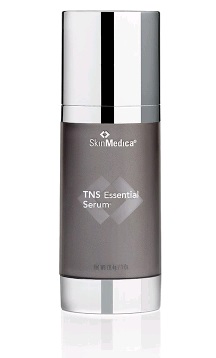As we age, our skin naturally loses
elasticity, experiences collagen break down, and fine lines and wrinkles
inevitably appear. In addition to these undesirable changes, most patients also
experience some form of hyperpigmentation from excessive sun exposure. While
there are many procedures that help to address the tone and texture of the
skin, an extremely beneficial “go-to” to treat the unwanted pigmented lesions
is Intense Pulsed Light Therapy (also known as IPL/Photofacials). As the
Registered Nurse of Hobgood Facial Plastic Surgery, I’m here to answer the most
commonly asked question regarding this procedure and help you to determine if
it may be right for you.
Why
should you have IPL? Patients that have exisiting
hyperpigmentation (red and brown spots), broken capillaries, sun damage, acne,
and patients that would like to prevent any underlying hyperpigmentation from
surfacing would benefit from IPL. If you have had extensive sun exposure (and
most Arizona residents have), IPLs/Photofacials are a great way to prevent
future discolorations in the skin and maintain an overall even and bright
complexion.
How
does IPL work? Our unique DyeVL and long-pulsed Nd:YAG Laser induces
selective photothermolysis of specific melanin chromophores in the tissues.
Both specific spots of concern can be targeted, as well as larger surfaces
areas. The light energy that is delivered into the skin will gently heat the
upper most layers of the skin, which then causes new collagen stimulation and
cell turn over by the absorption of energy.
How
often should I have IPL? Patients are safely able, and should
have IPL/Photofacials performed every 3 to 4 weeks. Staying compliant with this
recommended treatment schedule is suggested for best outcome of the patient
because of the skin’s natural cell turnover process. Different patients require various treatment
pathways for many reasons; some of which include the amount of damage their
skin has endured, as well as genetic background. Patients may also choose to
have occasional touch-up treatments once desired skin is acheived to maintain
optimal results.
What
is the down time with IPL? IPL is gentle and considered
non-invasive as patients typically do not require any topical anesthetics. An
additional benefit to this effective treatment is that downtime is very
minimal-resuming regular activity and wearing make up is allowed almost
immediately post-treatment.
How
soon will I notice results? While each patient is different and
recommended treatment options vary, most patients see results around the 3-6
treatment range. Something else to keep in mind when treating pigment is that
patient’s pigment often appears more visible before it “lifts”. In other words,
as the pigment is being treated it looks “worse” before it looks “better” and
that is both normal and a sign that your treatments are working towards your
end goal of a more even complexion.
For more information or to
schedule a complimentary comprehensive consultation, please call 480.214.9955 and ask to book an appointment with
Annie Bruno, RN, LE, CLT.















